Welcome To Jupiter.
Welcome to Jupiter.
ANNOUNCER at NASA’s Jet Propulsion Laboratory in Pasadena, CA, upon the entry of the Juno spacecraft into orbit around the largest planet in the solar system. Juno, a solar-powered probe, will now conduct a 20-month investigation of the Jovian giant.
Fuck yeah human beings.
(via the Guardian)
More Posts from Astrotidbits-blog and Others
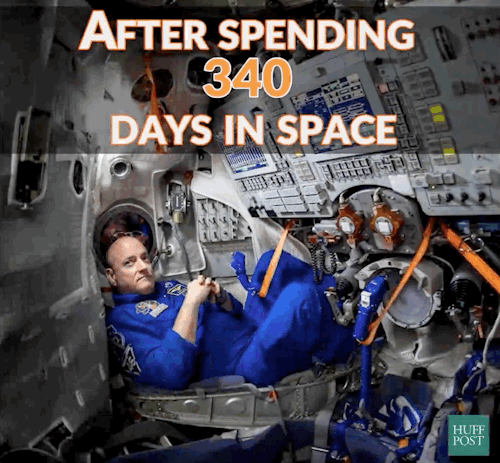

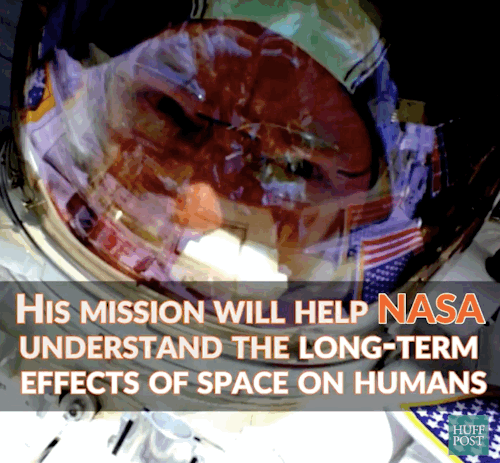


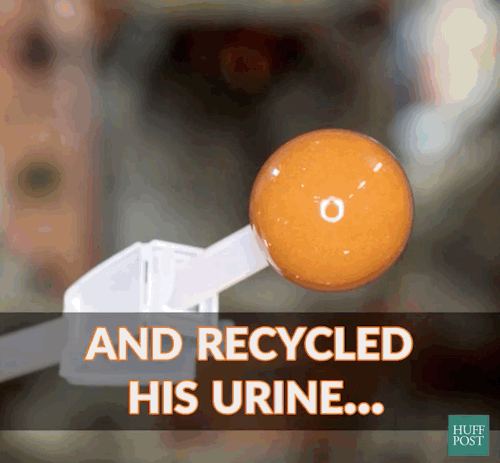
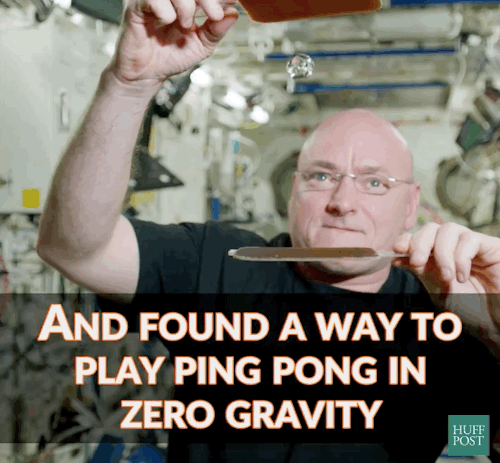


A Look Back At Astronaut Scott Kelly’s #YearInSpace
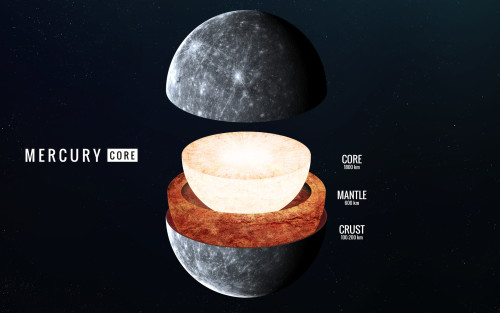
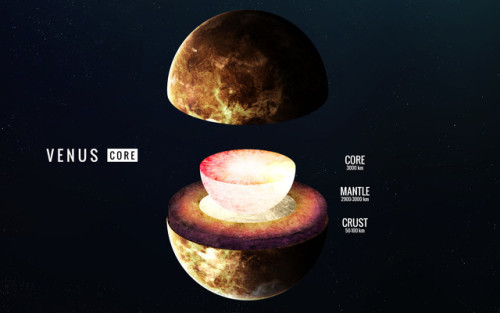

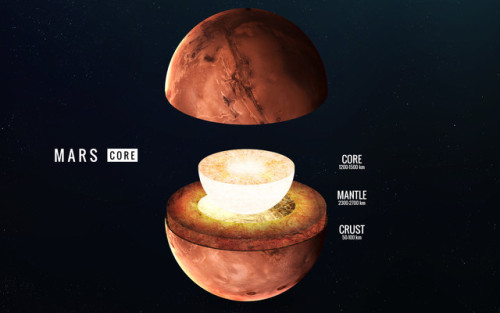
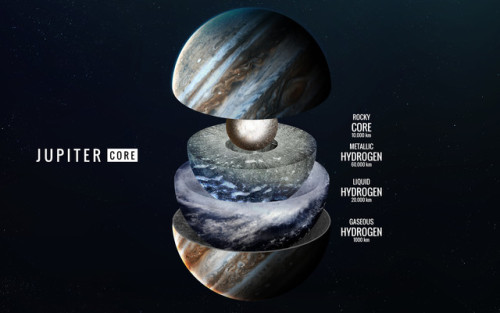
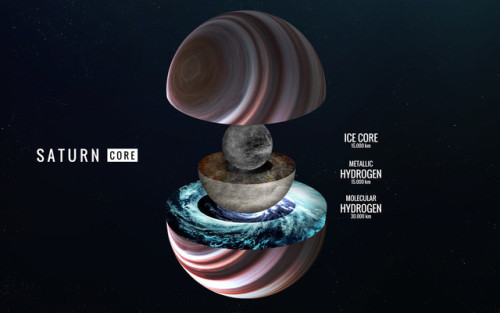
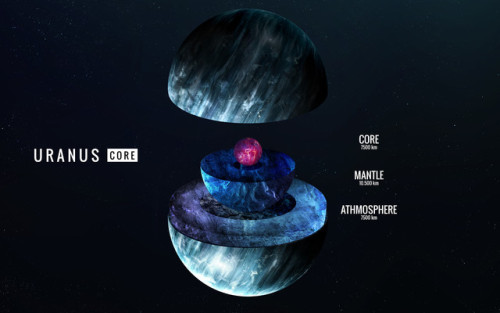
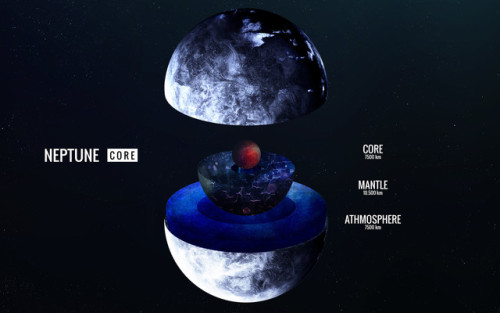
Inside - Vadim Sadovski

Need more astro-stuff? Go to www.astrotidbits.com and see what is there.
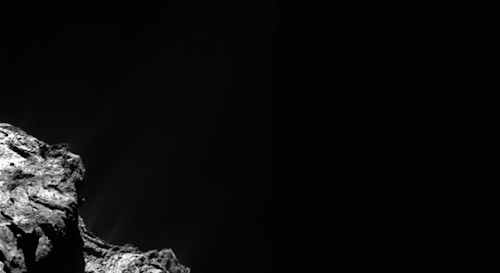
ESA Rosetta has just released this marvelous video clip of 3 images,18 minutes apart, of a spectacular outburst on Comet 67P. This is what happens when comets, in their orbits around the Sun, start getting close enough for the ices they are made of to warm, turn to vapor, and erupt from below the dark, encrusted surface to form a jet, often entraining icy and rocky particles in the process.
It is the growing number and strength of such jets that form as the comet nears the Sun that produce the magnificent tails that can stretch long and mythical across the night skies of Earth.
And here, you are witnessing the process from its beginnings.
Hosanna to Comet 67P!
ESA: Outburst in action
Great collection of astronomical articles and pictures
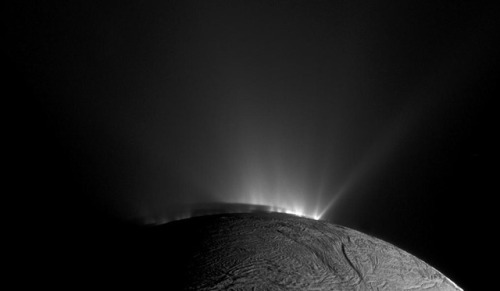
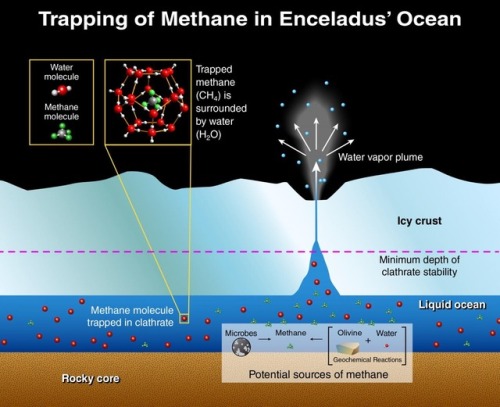
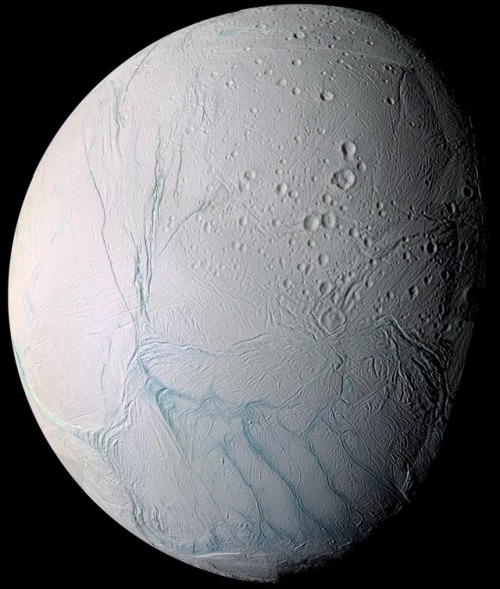
Enceladus - Life in our solar system?
Enceladus is Saturns icy moon that measures approximately 504km in diameter, about a tenth of the size of Saturn’s largest moon Titan. Almost completely covered in ice, this moon could potentially harbour the same type of life-sustaining chemical reactions found in deep sea hydrothermal vents here on Earth.
In 2005, NASA’s Saturn orbiting Cassini spacecraft spotted geysers of water and ice erupting fro fissures near Enceladus’ South Pole. Scientists believe they originate from a great ocean beneath the shell of ice. This ocean manages to stay liquid because the gravitational force exerted by Saturn is so intense that it twists and stretches the moon generating internal heat.
In October 2015, Cassini went on a dive through one of the plumes passing within just 39km of Enceladus’ surface. A team of scientists led by Hunter Waite analysed the observations made by the spacecraft. They discovered that the geysers contain between 0.4%-1.4% molecular hydrogen (H2) and 0.3%-0.8% carbon dioxide (CO2). These are being produced continuously by reactions between hot water and rock near the core of the moon. Some of the most primitive metabolic pathways found in microbes at deep ocean hydrothermal vents involve the reduction of CO2 with H2 to form methane (CH4) by a process known as methanogenesis.

Starry Night,
Vincent Van Gogh
Sometimes I think we are alone in the universe and sometimes I think we’re not. In either case the idea is quite staggering
Arthur C Clarke (via eearth)
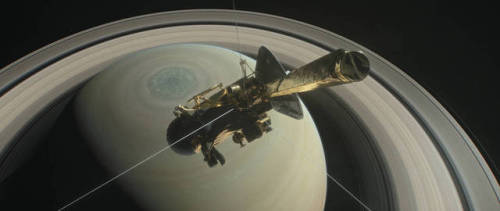
NASA’s Cassini spacecraft is set to make its first dive through the narrow gap between Saturn and its rings on April 26, 2017. Because that gap is a region no spacecraft has ever explored, Cassini will use its dish-shaped high-gain antenna (13 feet or 4 meters across) as a protective shield while passing through the ring plane. No particles larger than smoke particles are expected, but the precautionary measure is being taken on the first dive. The Cassini team will use data collected by one of the spacecraft’s science instruments (the Radio and Plasma Wave Subsystem, or RPWS) to ascertain the size and density of ring particles in the gap in advance of future dives. As a result of its antenna-forward orientation, the spacecraft will be out of contact with Earth during the dive.
Below is a list of milestones expected to occur during the event, if all goes as planned:
– 5 p.m. PDT (8 p.m. EDT) on April 25: Cassini is approaching Saturn over the planet’s northern hemisphere in advance of its first of 22 planned dives through the gap between the planet and its rings.
– 1:34 a.m. PDT (4:34 a.m. EDT) on April 26: As it passes from north to south over Saturn, Cassini begins a 14-minute turn to point its high-gain antenna into the direction of oncoming ring particles. In this orientation, the antenna acts as a protective shield for Cassini’s instruments and engineering systems.
– 2 a.m. PDT (5 a.m. EDT) on April 26: Cassini crosses the ring plane during its dive between the rings and Saturn. The spacecraft’s science instruments are collecting data, but Cassini is not in contact with Earth at this time.
– No earlier than around midnight PDT on April 26 (3 a.m. EDT on April 27): Earth has its first opportunity to regain contact with Cassini as the giant, 230-foot (70-meter) Deep Space Network antenna at Goldstone, California, listens for the spacecraft’s radio signal.
-
 pepdart liked this · 7 years ago
pepdart liked this · 7 years ago -
 mckitterick liked this · 7 years ago
mckitterick liked this · 7 years ago -
 bluupops liked this · 7 years ago
bluupops liked this · 7 years ago -
 howardmoontmb liked this · 7 years ago
howardmoontmb liked this · 7 years ago -
 astrotidbits-blog reblogged this · 8 years ago
astrotidbits-blog reblogged this · 8 years ago -
 astrotidbits-blog liked this · 8 years ago
astrotidbits-blog liked this · 8 years ago -
 justreconsideringourlifecho-blog reblogged this · 8 years ago
justreconsideringourlifecho-blog reblogged this · 8 years ago -
 justreconsideringourlifecho-blog liked this · 8 years ago
justreconsideringourlifecho-blog liked this · 8 years ago -
 mybodyisjustatest liked this · 8 years ago
mybodyisjustatest liked this · 8 years ago -
 7thousesun reblogged this · 8 years ago
7thousesun reblogged this · 8 years ago -
 daliareisen-blog liked this · 8 years ago
daliareisen-blog liked this · 8 years ago -
 theydontknowaboutparadise reblogged this · 8 years ago
theydontknowaboutparadise reblogged this · 8 years ago -
 hudderston liked this · 8 years ago
hudderston liked this · 8 years ago -
 firesymphony liked this · 8 years ago
firesymphony liked this · 8 years ago -
 mymildmanneredalterego reblogged this · 8 years ago
mymildmanneredalterego reblogged this · 8 years ago -
 samfrancesthegreat liked this · 8 years ago
samfrancesthegreat liked this · 8 years ago -
 brisuscheez liked this · 8 years ago
brisuscheez liked this · 8 years ago -
 woesgold liked this · 8 years ago
woesgold liked this · 8 years ago -
 cerulean-abyss liked this · 8 years ago
cerulean-abyss liked this · 8 years ago -
 gildhardt-blog reblogged this · 8 years ago
gildhardt-blog reblogged this · 8 years ago -
 daddy-dom-elliot-blog liked this · 8 years ago
daddy-dom-elliot-blog liked this · 8 years ago -
 kimkatbee11 liked this · 8 years ago
kimkatbee11 liked this · 8 years ago -
 copperblind liked this · 8 years ago
copperblind liked this · 8 years ago -
 ncc-1701cmo liked this · 8 years ago
ncc-1701cmo liked this · 8 years ago -
 jasminwnimsaj liked this · 8 years ago
jasminwnimsaj liked this · 8 years ago -
 osmar1960 liked this · 8 years ago
osmar1960 liked this · 8 years ago -
 mollygunns reblogged this · 8 years ago
mollygunns reblogged this · 8 years ago -
 dooditsthefudge reblogged this · 8 years ago
dooditsthefudge reblogged this · 8 years ago -
 storiabooks liked this · 8 years ago
storiabooks liked this · 8 years ago -
 hozgonbehoz liked this · 8 years ago
hozgonbehoz liked this · 8 years ago -
 feresf liked this · 8 years ago
feresf liked this · 8 years ago -
 sixtyrambler reblogged this · 8 years ago
sixtyrambler reblogged this · 8 years ago -
 heroesrest reblogged this · 8 years ago
heroesrest reblogged this · 8 years ago -
 himbodiaries liked this · 8 years ago
himbodiaries liked this · 8 years ago -
 zarkov7 liked this · 8 years ago
zarkov7 liked this · 8 years ago -
 sonicsgif liked this · 8 years ago
sonicsgif liked this · 8 years ago -
 ghostly2lighten liked this · 8 years ago
ghostly2lighten liked this · 8 years ago -
 packbat liked this · 8 years ago
packbat liked this · 8 years ago -
 funkycyn-blog liked this · 8 years ago
funkycyn-blog liked this · 8 years ago -
 krogans-give-the-best-cuddles liked this · 8 years ago
krogans-give-the-best-cuddles liked this · 8 years ago -
 frederbee liked this · 8 years ago
frederbee liked this · 8 years ago -
 dirtycorzaharkness reblogged this · 8 years ago
dirtycorzaharkness reblogged this · 8 years ago -
 evolutionofstudying-blog liked this · 8 years ago
evolutionofstudying-blog liked this · 8 years ago -
 aralenoesta-blog liked this · 8 years ago
aralenoesta-blog liked this · 8 years ago